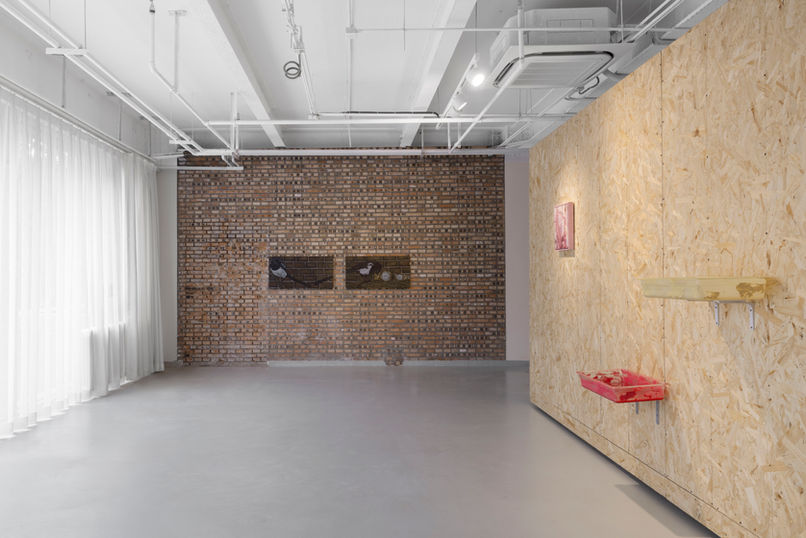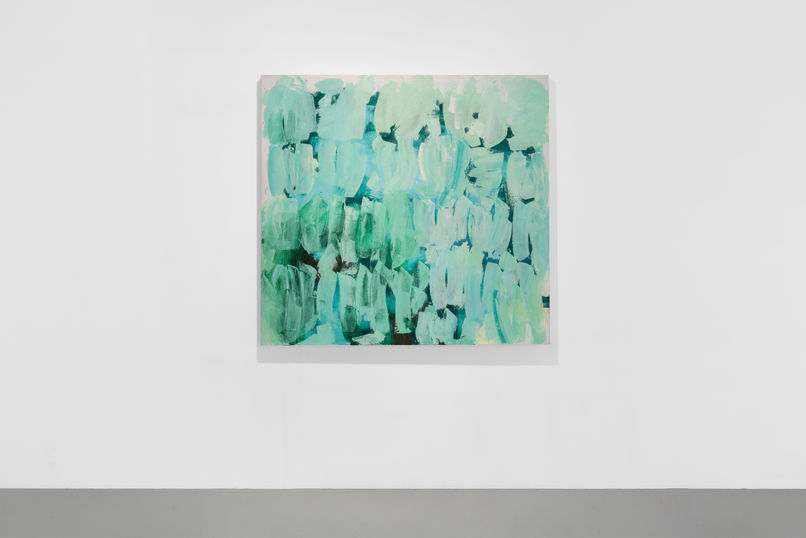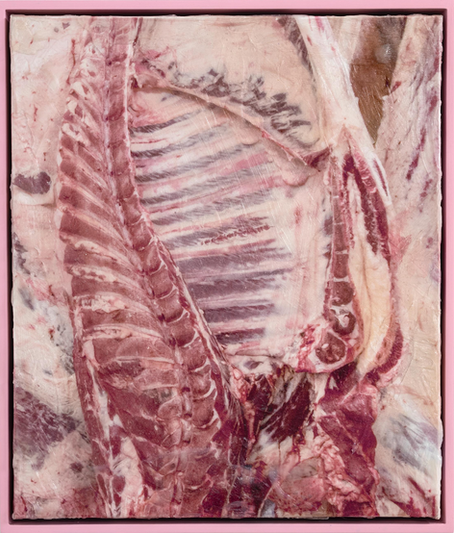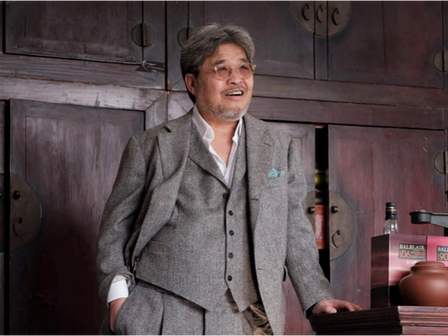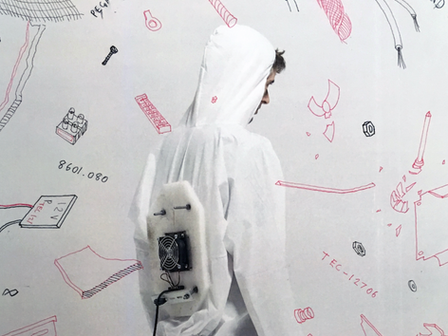Dates:
10 October - 13 December, 2025
Artist:
Tim Crowley
Giorgia Garzilli
Matt Hope
Li Peng
Shahryar Nashat
Qin Guanwei
Qin Qi
Kyungmi Shin
Hiroshi Sugito
Zang Kunkun
Zhao Gang
Zhi Wei
Aestheticism sought to break away from rigid historical styles and artistic hierarchies. Traditionally, painting and sculpture were elevated as the “highest” forms of art, while design and decorative arts were relegated to “lower” status. The movement challenged this stratification and questioned the boundaries between so-called fine art and decorative art, confronting elitist distinctions that had long governed aesthetic value.
This tension also intersects with institutional frameworks of artistic legitimacy. Arthur Danto introduced the term “artworld” to describe the theoretical and cultural context that defines what is recognised as art. These definitions have historically been constructed around the Western canon and shaped by economic, social, and institutional forces that excluded marginalised voices. As a result, many forms of artistic production, especially those aligned with craft, ornament, or domestic aesthetics, have long been overlooked or dismissed.
While the value of a masterwork is often grounded in its historical, social, academic, and artistic significance, it is not uncommon for such works to be acquired by high-net-worth collectors primarily for decorative purposes. This paradox underscores the ambiguity of value construction in the art world - where cultural weight and aesthetic prestige may be reduced to matters of interior design. In such contexts, the deeper meanings embedded in the work risk being subordinated to market trends and spatial aesthetics, raising critical questions about how, why, and for whom value is assigned. Whereas this doubleness lies at the heart of much artworks - the tension between surface and substance, between what is seen and what is signified. Many works - especially those celebrated for their formal beauty - carry within them layered narratives of violence, erasure, longing, or resistance. What appears harmonious or ornamental on the surface may conceal stories of colonial conquest, gendered labor, or diasporic dislocation.
Neo-Decorationism is an exhibition about new aesthetic languages could present itself as a weaving of contemporary threads into a new fabric. The material texture of art — surface, layering, and form demonstrates the underlying structure of reality, which is the fabric of being, perception, or experience. Drawing irony from the legacy of l’art pour l’art and the Aesthetic Movement’s defiance of utilitarian value, this exhibition challenges long-standing hierarchies that have historically marginalised certain visual forms, especially those aligned with femininity, domesticity, or craft. In confronting the art world’s persistent distinction between “high” art and “mere” decoration, Neo-Decorationism turns the tables: what was once dismissed as superficial becomes a site of critical inquiry. Beneath the harmonious surfaces lie tensions between beauty and violence, between ornament and meaning, between commodity and cultural code.



